
A collection of poems with sailing and sea themes, including traditional poems such as “My Bonnie Lies Over the Ocean” and “The Owl and the Pussycat.”
Poetry genre

A collection of poems with sailing and sea themes, including traditional poems such as “My Bonnie Lies Over the Ocean” and “The Owl and the Pussycat.”
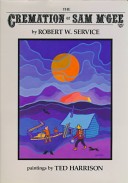
Constantly suffering from the cold, Sam makes his companion on the Arctic trail promise to cremate him when he dies, which the companion does–to his great surprise.
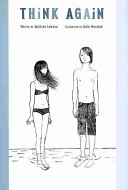
A collection of beautifully understated four-line poems about the thrills and disappointments of first love.
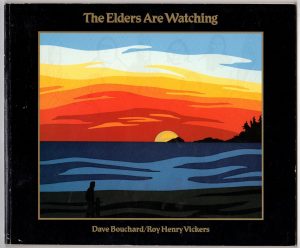 As Native elders have advised from time immemorial, this is a gentle plea to respect the natural environment.
As Native elders have advised from time immemorial, this is a gentle plea to respect the natural environment.
When the award-winning poet David Bouchard first saw the artwork of First Nations artist Roy Henry Vickers, he was struck by Vickers’ reverence for nature, the vibrancy of his colors, and his perceptive understanding of Canada’s rugged West Coast. He saw in Vickers’ images the perfect complement to his own lyrical, thoughtful poetry. They collaborated on the original edition of The Elders Are Watching, which has delighted more than 100,000 readers in four languages. Bouchard says, “Both Roy and I share similar dreams for our children. Through this book, we hope that others will come to share these dreams and together work toward correcting some of the mistakes of the past.”
In this new edition, their vision is as fresh and relevant today as it was when the book was first published. A plea to respect the natural treasures of our environment and a message of concern from aboriginal leaders of the past to the people of the new millennium, The Elder Are Watching has both a timelessness and an urgency that must be heard.
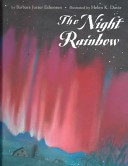
A poem based on ancient legends about the northern lights from people who associated the fiery illuminations with animals, ghosts, dancers, and raging battles.
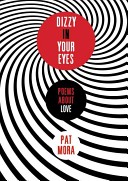
Beloved children’s book author and speaker Pat Mora has written an original collection of poems, each with a different teen narrator sharing unique thoughts, moments, sadness, or heart’s desire: the girl who loves swimming, plunging into the water that creates her own world; the guy who leaves flowers on the windshield of the girl he likes. Each of the teens in these 50 original poems, written using a variety of poetic forms, will be recognizable to the reader as the universal emotions, ideas, impressions, and beliefs float across the pages in these gracefully told verses.Also included are the author’s footnotes on the various types of poetic forms used throughout to help demystify poetry and showcase its accessibility, which makes this a perfect classroom tool for teachers as well as an inspiration to readers who may wish to try their own hand at writing.
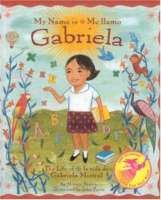
Gabriela Mistral loved words and sounds and stories. Born in Chile, she would grow to become the first Nobel Prize-winning Latina woman in the world. As a poet and a teacher, she inspired children across many countries to let their voices be heard. This beautifully crafted story, where words literally come to life, is told with the rhythm and melody of a poem. The second in Luna Rising’s bilingual storybook biography series. My Name is Gabriela/Me llamo Gabriela is beautiful tribute to a woman who taught us the power of words and the importance of following our dreams. The story of Gabriela Mistral will continue to inspire children everywhere.
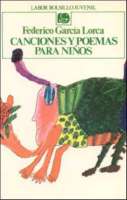
This book of poems by one of Spain’s most illustrious 20th century writers asks questions like: Do lizards cry? No one has ever seen them except poets who have the ability to see wonder whereever. Among the 40 poems selected in this small volume are those songs and verses the poet dedicated to his young friends, modern ‘romances,’ popular folk songs, as well as a lovely collection of fascinating poems.
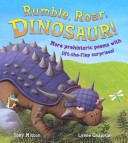
Presents the author’s second collection of poems about dinosaurs, that includes details about the eating habits, locomotion, and habitats of such creatures as Stegosaurus, Ankylosaurus, Hadrosaur, and Deinosuchus.